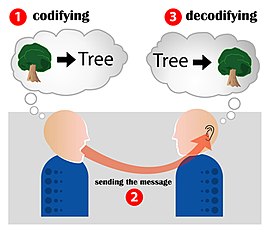A function gives us many reasons to communicate. Each time we speak, we do it for a purpose.Every word we say, has a reason or a function.There are many examples of those;apologizing, greeting, clarifying, inviting, advising, agreeing and so on. Functions can help us on the way of describing language itself.When we describe a function, we are focusing on the language and its meaning related to people who are talking to, and also the context which it is used.
This unit had some useful topics that we as future teachers need to know to share that to our students.I have learnt to recognize some exponents about what levels of formality are and for what they are useful.The fisrt one is formal language, it is used in situations which people do not know each other very well.The second one is Informal language, this is used in more realaxed situations between friends, family, and people who know each other well.The last one is Neutral language, which involves we don't want to be respectful neither so casual to the other person who is going to be talking.
Sometimes it is difficult to teach these aspects to students. However, we have to find the way to make that context easy to them.One example is appplying these topics in real context, asking students when do they use those functions and then having feedback to correct thier mistakes.
In the following video you can find more information about what functions are.
REFERENCES
- function in communication wikipedia - Buscar con Google. (2017).
- Teaching Grammar: Understanding Structures and Functions. (2017).

No hay comentarios:
Publicar un comentario